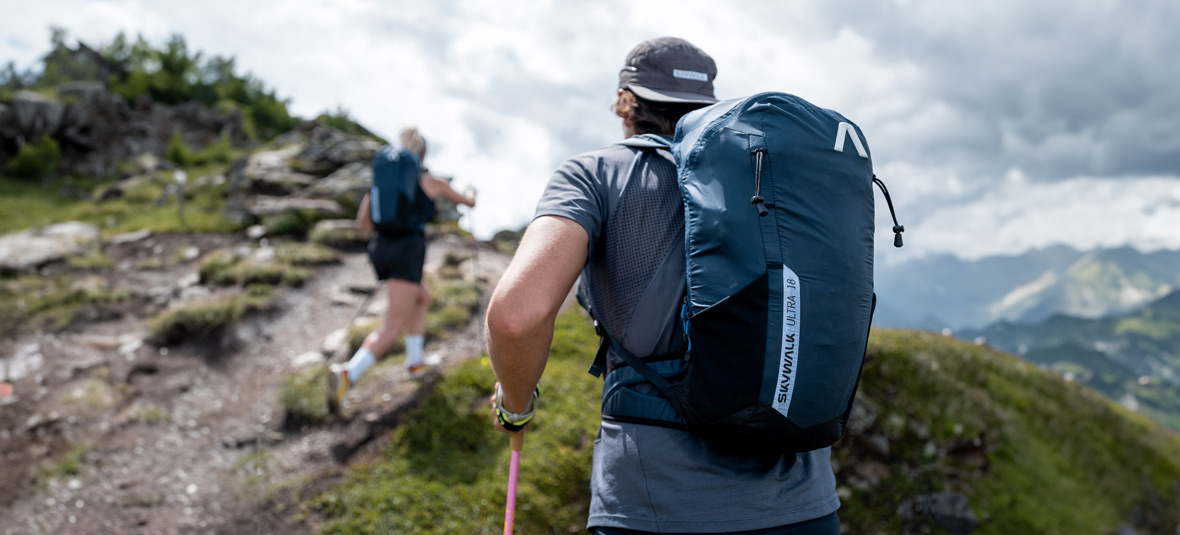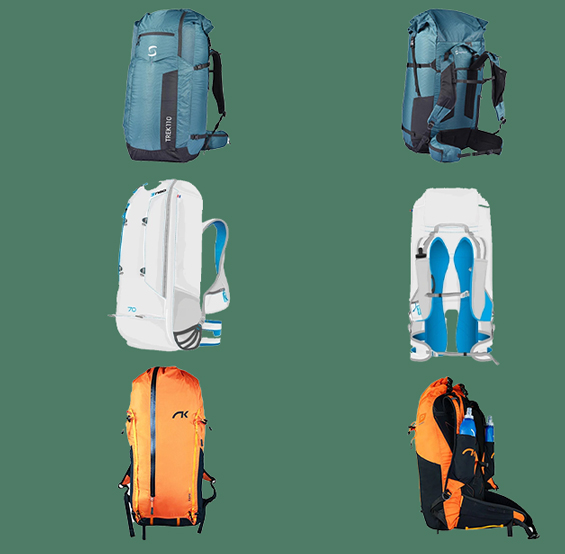Choosing your paragliding rucksack : how do you select the right rucksack for your flying equipment ?


Paragliding is a fascinating activity that combines the excitement of flight with the beauty of the mountains. However, before you take off, it's crucial to choose the right rucksack. The right bag can greatly enhance your experience of the inevitable approach walk before you reach take-off. This article will guide you through the different types of rucksack and help you make the best choice for your needs.
THE DIFFERENT TYPES OF PARAGLIDING RUCKSACK
Classic Rucksack
The classic rucksack is designed to offer a balance between comfort and functionality. Brands such as Kortel Design and Supair offer a variety of models that can be easily adapted to any type of equipment, so you can be sure of accommodating a harness, glider and other essential gear. The choice of a classic bag depends on the size of your equipment and your personal carrying preferences.
Light Rucksack
For hike & fly and light trek enthusiasts, a light rucksack is ideal. Options such as the Sac lite Neo and Kortel Kolibri are specially designed for riders who value lightness and compactness. These bags often feature ultra-light materials and are ideal for walking and flying.
Fast Rucksack
If you practice acrobatics or site-flying, a fast rucksack is very practical. These bags are designed for quick set-up and easy access to your equipment. The fast rucksack is often larger in terms of volume, allowing you to carry all your equipment efficiently on short, fast trips.

HOW BIG SHOULD YOUR PARAGLIDING BAG BE ?
The size of your bag depends on the size of your equipment. A 50 to 70-liter bag is generally sufficient for most ultra-light harness and Light glider combos. For larger equipment, especially for mountain flights with classic light equipment, consider a larger bag of between 70 and 110 liters.
For use with classic gear and/or cocoon harnesses, you'd be better off with a 110 to 160-liter bag. Finally, for larger equipment such as cocoons, competition paraglider or tandem gliders, you'll find bags with capacities of up to 200 liters !
Note that Supair's Trek 2 bags have adjustable volumes thanks to the Rolltop system. This allows you to adapt the bag's volume to different equipment configurations, for example, from 90L to 70L, without compromising carrying comfort.
In short, it all depends on your equipment. If possible, we strongly advise you to come and test the bag at a sales outlet, as its shape can also affect ease of use and carrying comfort.
HOW TO STORE YOUR PARAGLIDER AND HARNESS IN YOUR RUCKSACK ?
A well-organized rucksack is crucial for protecting your equipment and making it easier to transport. Start by carefully folding your glider and placing it at the bottom of the bag. Next, place the harness and any additional accessories. Make sure the bag is neither too tight nor too loose to avoid damage or discomfort.
Once the paraglider, harness and rescue parachute are in place, we recommend that you start to partially close and straighten the bag. Place the various accessories (water bag, helmet, clothing, etc.) on top.
Finally, once you've closed the bag, we advise you to make good use of the bag's external adjustment kit. You'll almost always find shoulder and side adjustments. The purpose of these adjustments is to give the bag an optimal shape, and to compress the whole to improve carrying comfort. Don't overlook the shoulder straps on the top of the bag, which distribute the load over the top of the shoulders to prevent the bag from falling over the back.
WHAT ARE THE DIFFERENT ACCESSORIES FOR PARAGLIDER RUCKSACKS ?
Rucksack accessories can include rain covers, extra straps, helmet nets and compartments for small items. Brands such as Kortel and Supair offer bags with customization options to meet the specific needs of each pilot.








